Farmers with upland vegetation can now legally control it using controlled burning techniques. Controlled burning can take place between 1 September and 28 February annually. In certain circumstances, there may be safer effective alternatives to burning, such as mechanised equipment and livestock grazing.
Farmers with upland vegetation can now legally control it using controlled burning techniques. Controlled burning can take place between 1 September and 28 February annually.
In certain circumstances, there may be safer effective alternatives to burning, such as mechanised equipment and livestock grazing.
The Department of Agriculture has guidelines on the prescribed burning code of practice, to aid landowners in the controlled burning of land.
For species such as bracken and purple moor grass, burning can actually exacerbate the problem, as they are fire-tolerant. The chosen method will prove fruitless unless it is combined with a sustainable grazing programme.
It is always recommended that controlled burning should be carried out by personnel with adequate training, knowledge and experience in the area.
A written burning plan, including maps, must be prepared before any controlled burn takes place. This plan should then be forwarded to the local fire service, Garda station and National Parks and Wildlife Service.
If you intend to burn within one mile of a forest, then you are required by law to notify both your local Garda station and the forest owner at least seven days in advance in writing.
Safety is central to operating responsible prescribed burning operations.
Fertiliser on LIPP parcels
The Irish Farmers Journal received queries from farmers this week regarding fertiliser use on LIPP parcels. The Department recently announced a derogation to the scheme allowing farmers to conserve silage from these GLAS parcels between 1 September and 30 November, which was previously forbidden. The Department said the standard GLAS requirements for the measure will apply again from 1 December 2018. It also said that the fertiliser restrictions for these measures as outlined in the GLAS specifications have not been altered and continue to apply.
GLAS catch crop
The deadline for sowing GLAS catch crops is nearly with us. The crop must be sowed by 15 September using light cultivation techniques.




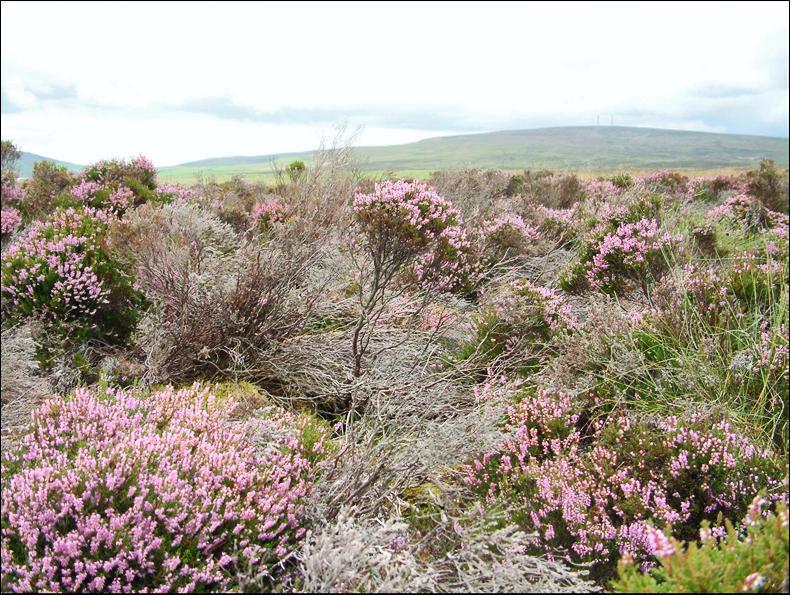
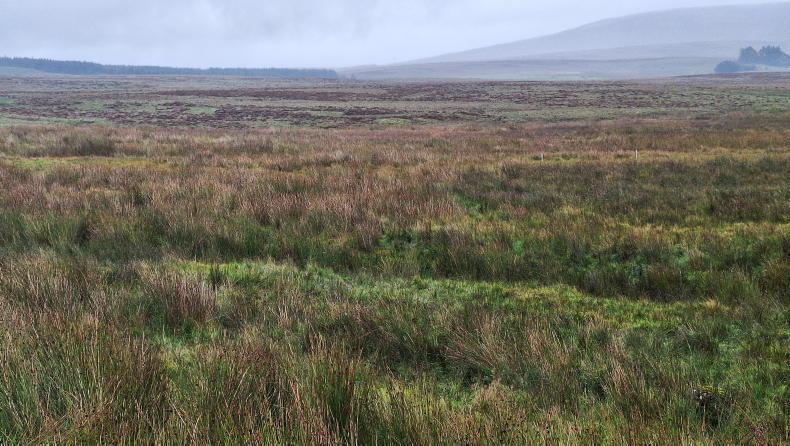

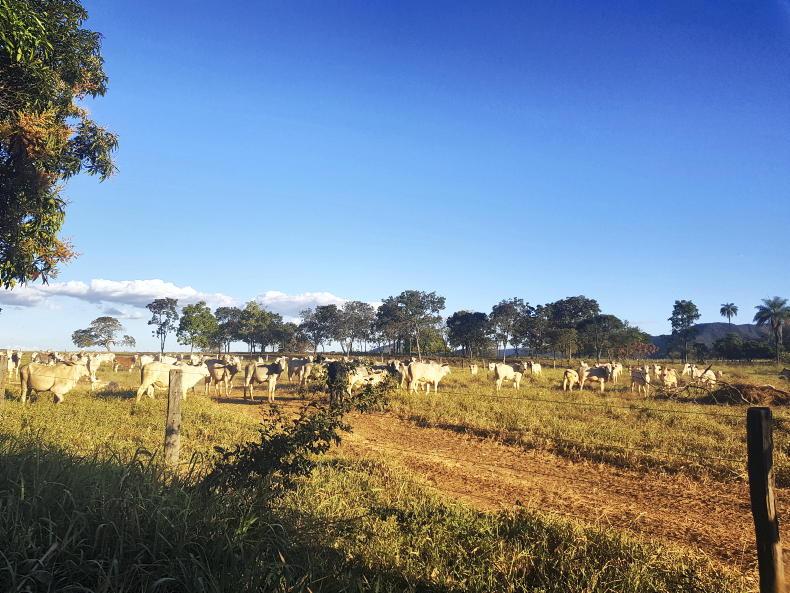
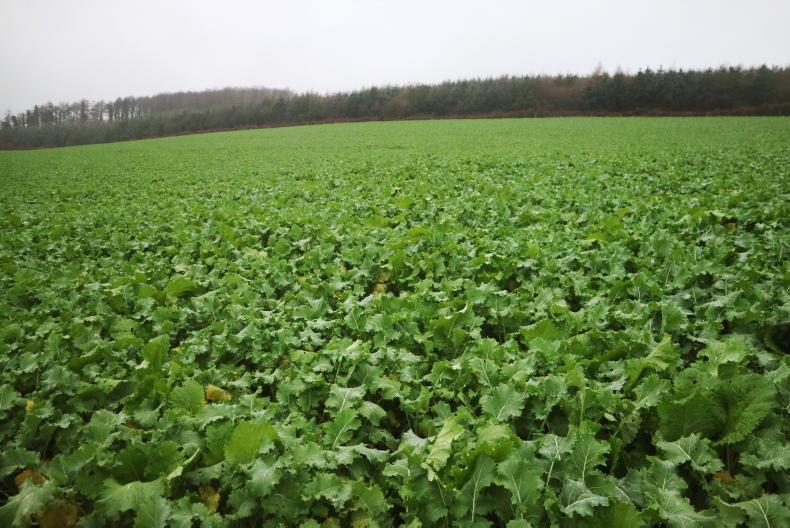
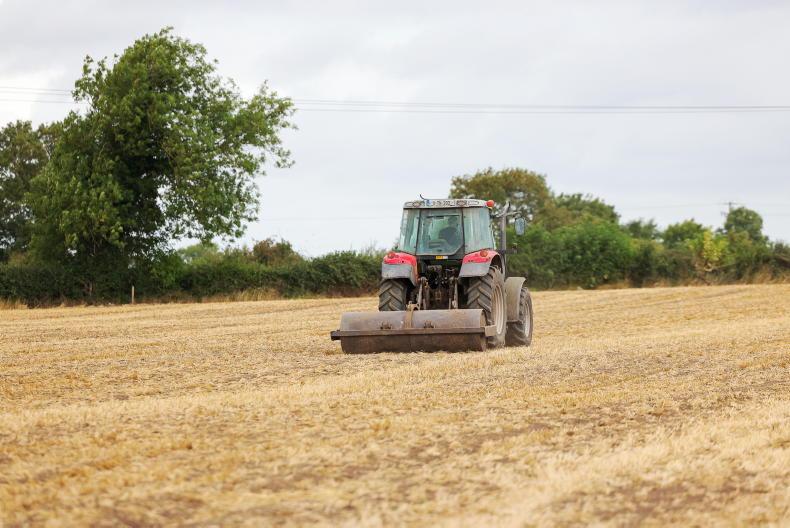
SHARING OPTIONS